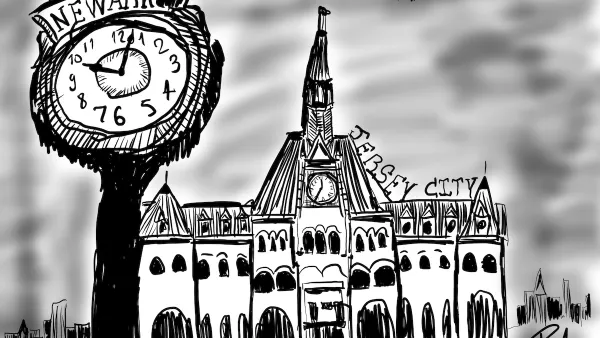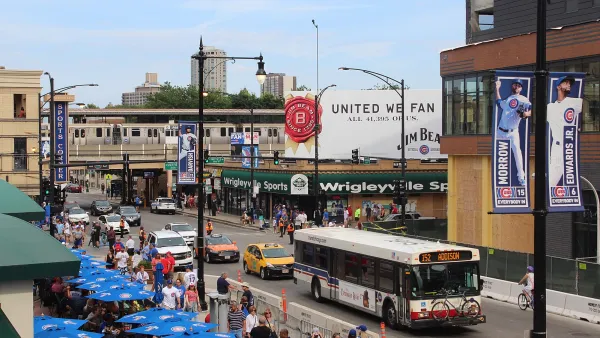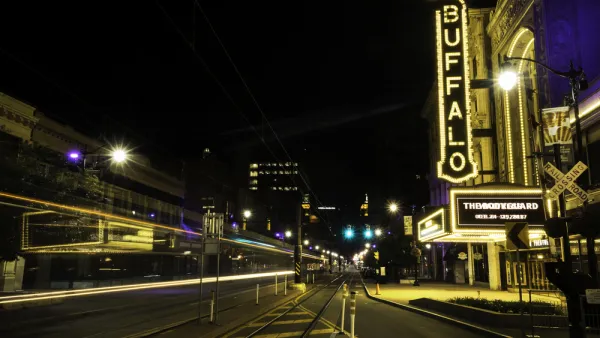Sports teams often coerce cities into contributing public funds toward the building of new stadiums. Numerous reports indicate that it's a bad deal for cities with little to no positive economic impact, writes Neal DeMause.
Cities have been contributing public funds to sports stadiums with promises that the stadiums will revitalize areas and be an economic boon, but the data doesn't back up those claims.
"Studies demonstrating pro sports stadiums' slight economic impact go back to 1984, the year Lake Forest College economist Robert Baade examined thirty cities that had recently constructed new facilities. His finding: in twenty-seven of them, there had been no measurable economic impact; in the other three, economic activity appeared to have decreased."
It seems that fear of losing sports teams will drive most cities to do just about anything to keep a team. In addition to funding a stadium, the perks for teams include subsidies, tax breaks, and loans: "they added an average of 40 percent to sports facilities' public sticker price."
In addition to all the obvious deals, cities are often out-maneuvered by team lawyers that sweeten the deal with outrageous perks that are to the detriment of the city including clauses that require a stadium to remain "state-of-the-art" or else a team could break its lease.
Until cities decide to work together and not compete for teams, the stadium blitzes will likely continue, says DeMause.
Thanks to Cathie Pagano
FULL STORY: Why Do Mayors Love Sports Stadiums?

Analysis: Cybertruck Fatality Rate Far Exceeds That of Ford Pinto
The Tesla Cybertruck was recalled seven times last year.

National Parks Layoffs Will Cause Communities to Lose Billions
Thousands of essential park workers were laid off this week, just before the busy spring break season.

Retro-silient?: America’s First “Eco-burb,” The Woodlands Turns 50
A master-planned community north of Houston offers lessons on green infrastructure and resilient design, but falls short of its founder’s lofty affordability and walkability goals.

Test News Post 1
This is a summary

Analysis: Cybertruck Fatality Rate Far Exceeds That of Ford Pinto
The Tesla Cybertruck was recalled seven times last year.

Test News Headline 46
Test for the image on the front page.
Urban Design for Planners 1: Software Tools
This six-course series explores essential urban design concepts using open source software and equips planners with the tools they need to participate fully in the urban design process.
Planning for Universal Design
Learn the tools for implementing Universal Design in planning regulations.
EMC Planning Group, Inc.
Planetizen
Planetizen
Mpact (formerly Rail~Volution)
Great Falls Development Authority, Inc.
HUDs Office of Policy Development and Research
NYU Wagner Graduate School of Public Service




























